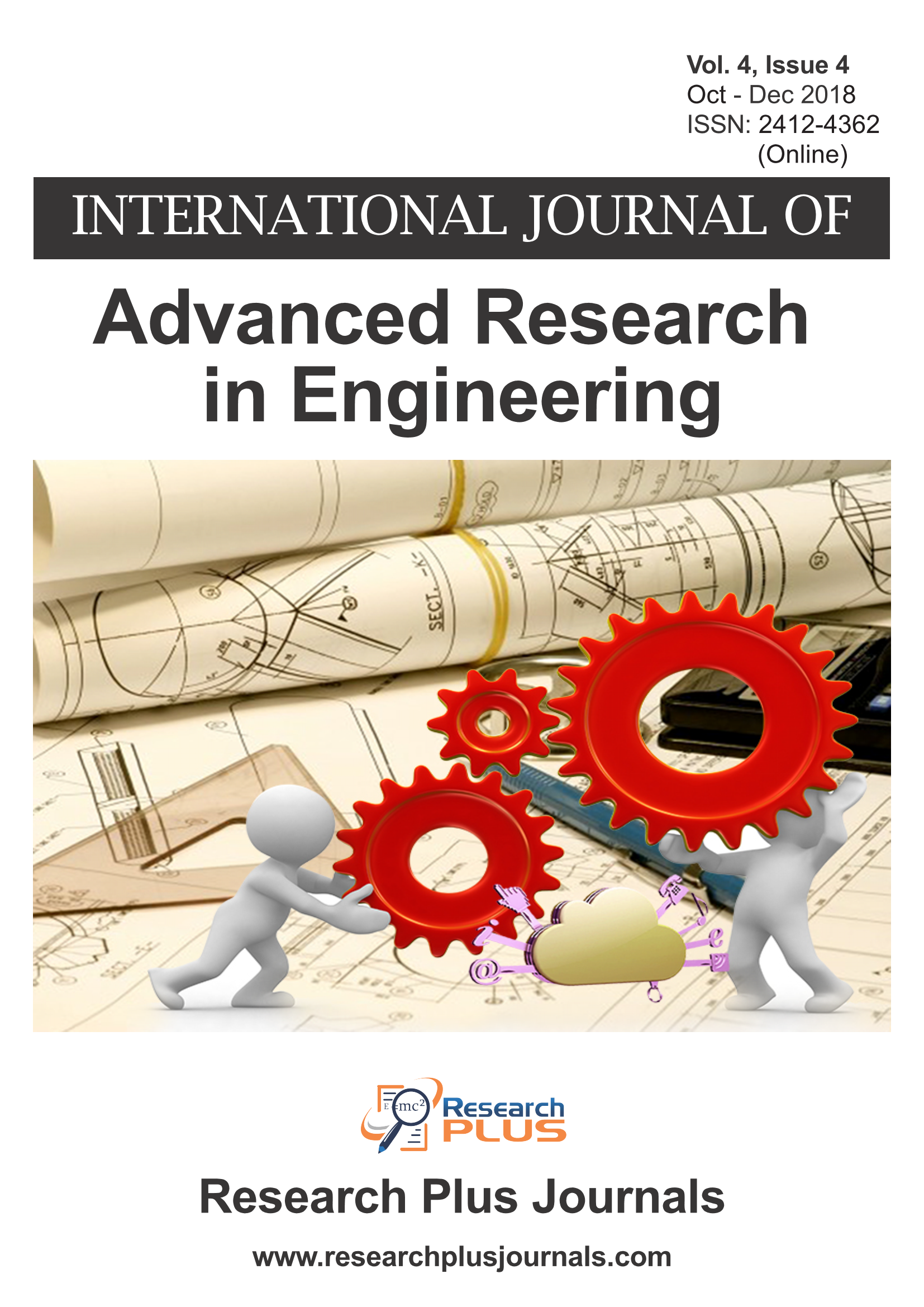A Lightweight Block Cipher Algorithm for Secure SDN Environment
Abstract
Software Defined Network is a next-generation networking technology that transforms a closed network environment based on existing network vendors into a flexible, software-based, centralized management environment that can be simplified by abstracting and programming. Although these advantages can be applied to some security problems rather than existing networks, most of the security problems and vulnerabilities of existing networks are present and various attacks are taking place. In this paper, we propose a structure to enhance the security function of SDN by checking how to implement the network security function using SDN technology and lightening the existing block cipher algorithm for this security problem. Lightweight-AES algorithm, which is a lightweight block cipher algorithm based on the AES-256 algorithm, which can simultaneously satisfy the quality of high level of security. In the case of simply reducing the number of round operations of the AES algorithm, the difference diffusion effect of the KeySchedule function generating the round key is reduced, and the security of the encryption algorithm is degraded due to the related key attack using the related key difference characteristic. The Lightweight-AES algorithm proposed in this paper improves the rate of cancellation and decryption by reducing the number of round operations, and the round internal function is supplemented to increase the differential diffusion effect of the KeySchedule function. In order to evaluate the performance of the Lightweight-AES algorithm proposed in this paper, a comparison simulation is performed with the existing AES algorithm. As a result, we confirmed that the Lightweight-AES algorithm can provide SDN content security equal to the encryption / decryption rate and algorithm security strength of the AES-128 algorithm. Therefore, it is considered that the proposed Lightweight-AES algorithm can provide better security service in SDN environment quality and security than the existing AES-128 algorithm.

This work is licensed under a Creative Commons Attribution-ShareAlike 4.0 International License.
Copyright & License
All Research Plus Journals (RPJ) publish open access articles under the terms of the Creative Commons Attribution (CC BY-SA 4.0) https://creativecommons.org/licenses/by-sa/4.0/ License which permits use, distribution and reproduction in any medium, provided the original work is properly cited & ShareAlike terms followed.
Copyright on any research article in a journal published by a RPJ is retained by the author(s). Authors grant RPJ a license to publish the article and identify itself as the original publisher. Upon author(s) by giving permission to RPJ either via RPJ journal portal or other channel to publish their research work in RPJ agrees to all the terms and conditions of https://creativecommons.org/licenses/by-sa/4.0/ License and terms & condition set by RPJ.
3rd party copyright
It is the responsibility of author(s) to secure all necessary copyright permissions for the use of 3rd-party materials in their manuscript.
Disclaimer
Research Plus Journals Open Access articles posted to repositories or websites are without warranty from RPJ of any kind, either express or implied, including, but not limited to, warranties of merchantability, fitness for a particular purpose, or non-infringement. To the fullest extent permitted by law RPJ disclaims all liability for any loss or damage arising out of, or in connection, with the use of or inability to use the content.
















